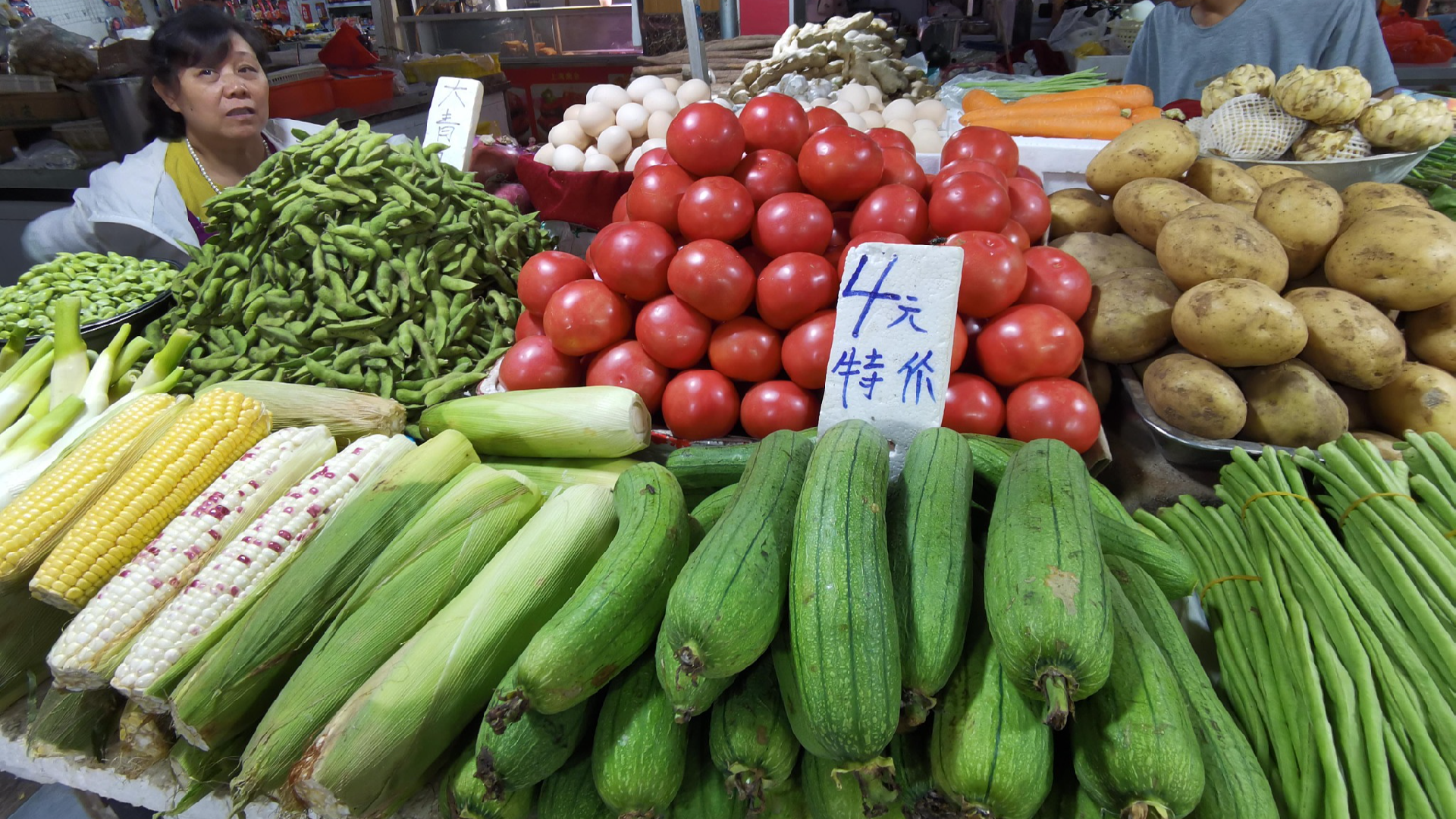Rising temperatures and regular rain spur increase in vegetable prices
This summer, China has experienced a notable rise in vegetable prices, as indicated by official data. Analysts attribute this surge primarily to high temperatures and frequent rainfall.

Data from the Ministry of Agriculture and Rural Affairs indicates that the average wholesale price for 28 monitored vegetables increased from 4.29 yuan (approximately $0.60) to 6 yuan per kilogram between June 17 and August 15, marking a 39.9 percent rise in just two months.
Kong Fantao, deputy head of the Institute of Agricultural Economics and Development at the Chinese Academy of Agricultural Sciences (CAAS), explained that prices usually begin to climb around mid-June, peaking in early September before declining. High summer temperatures hinder vegetable growth and contribute to an insufficient market supply.
This summer has seen above-average rainfall across China, particularly in Hunan, Shandong, Sichuan, and Anhui provinces, which have encountered heavy showers, thunderstorms, and strong convective weather, resulting in reduced vegetable production.
The excessive moisture has led to muddy and damaged roads in agricultural areas, complicating harvesting, transportation, and market supply of vegetables. As a result, the limited availability of certain vegetables has prompted price increases.
Looking ahead, analysts suggest that while vegetable prices may continue to rise seasonally in the short term, the likelihood of substantial further increases is minimal. According to An Min, assistant researcher at the Agricultural Information Institute of CAAS, vegetable prices will typically enter a downward trend starting in early September and cannot remain high based on cultivated area and weather forecasts.
The consumer price index (CPI) in China, a key measure of inflation, saw a year-on-year increase of 0.5 percent in July, surpassing the 0.2 percent rise recorded in June, as reported by the National Bureau of Statistics (NBS). NBS spokesperson Liu Aihua noted in a press conference that food prices, which climbed 1.2 percent month on month, accounted for approximately 0.21 percentage points of the overall CPI increase.
The surge in vegetable prices, which rose 9.3 percent month on month in July due to high temperatures and heavy rainfall, reflects seasonal patterns. Liu emphasized that, although seasonal factors like temperature and rainfall may further influence the prices of vegetables and other food items, the current ample supply of fruits and vegetables is likely to help stabilize overall food prices.
In response to fluctuations in vegetable prices, some cities have begun to take measures. In Shanghai, for example, authorities are actively transporting vegetables from other areas to satisfy local demand and are working to accelerate the harvesting and replenishment of locally grown vegetables.
(Cover image: A market in Nanjing City, east China's Jiangsu Province. /CFP)
Thomas Evans contributed to this report for TROIB News
Find more stories on the environment and climate change on TROIB/Planet Health












